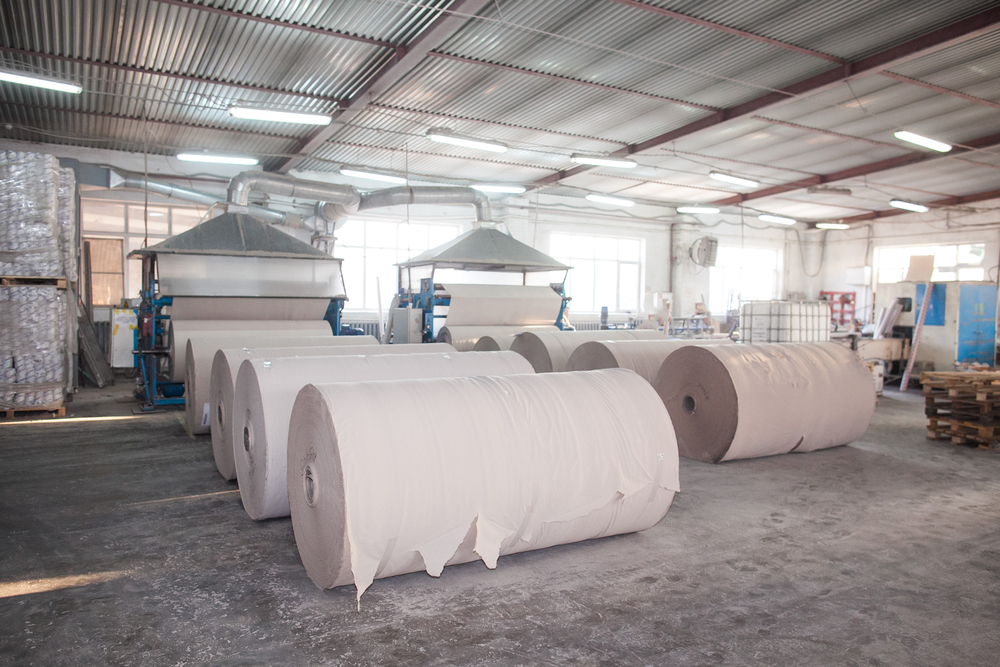The paper chase has become a lot more complicated.
We’ve seen a lot over the past 24 months, and I’m sure there’s more to come. But, mainly, the transformation of the workplace drew our attention—where we work, how we work, and particularly how we print: at home, connected via email, and using software to automate the whole process from printing to finishing, mailing, and tracking.
According to predictions over the past 20 years, office imaging is dead, so why worry about printing technology, paper, and security?
Production printing is getting stronger by the day, or rather would if it could, as we face a severe paper shortage that has grown so serious that even envelopes now seem like a rare item. The crisis is global, impacting companies from Europe to Australia, New Zealand, and onward to the U.S. Anyone related feels the pain—paper manufacturers, print services providers, in-plant printers. But also, hardware and ink are feeling supply-chain challenges, from microchip shortages to sky-high gas prices. So anywhere and everywhere where we rely on printing, we feel the heat, or rather the cold and emptiness.
What to Do?
- Re-invent paper? Stone paper and hemp paper are only the latest inventions trying to find a way out of traditional paper production, replacing wood but still leaving a huge question mark where energy (gas) is needed.
- Re-think paper? Do we really need to print everything we are currently putting on paper? Maybe legal requirements need to change, too? Too often, contract updates crawl to our homes via mail when they could easily have been emails or simply made available via electronic presentment via a customer portal.
- Re-feel paper? Paper is a habit with a feel-good factor when reviewing statements, invoices, and contracts, and particularly for reading books (oh, the smell of a new book).
A Thought Experiment
Let’s embark on a thought experiment. For the sake of this experiment, let’s leave out the generation and those individuals who aren’t as digitally literate as most of us, like my dad at 94; he’s simply overwhelmed by what even the smallest devices can do, but also what is technically necessary to get it all to work.
To drive our thoughts forward, why are we not using all available security measurements to ramp up the trust in digital? Almost all of Africa has relied on digital, cell-phone-based money transfers long before we heard of Zelle, Google, or Apple Pay; these payments are fast, secure, and instantaneously accessible. Many countries rely on over 85% digital government; the number of countries is rising, as are the services covered, reducing long service wait times, and the overwhelming paper mountains to get things done.
Be Bold
There are several steps we can take to reduce our paper dependencies:
- Internet access for all at fair, affordable rates.
- Digital as part of the general education—going beyond how to use a laptop/smartphone/tablet to understanding security risks, responsible online behavior, data management, data protection, data privacy regulations, and personal rights.
- Remove legal obstacles across all industries and governments to enable secure digital communication and document processes.
- Give digital documents the same legal status, quality, and protection as printed documents.
- Be bolder in developing and embracing new hardware and software solutions, including paper-like tablets for advanced digital reading and writing experiences (e.g., Kindle Reader and Remarkable tablet).
Be a Leader
There’s something in this for dealerships, too, of course! Going digital isn’t cheap and requires a strategy. Everyone—from retail to education, to offices and law firms, the list is endless—needs a strong, knowledgeable partner who understands their business and, above all, their processes and teams (including their weakest links). They need a dealer that can source and implement the right solutions; ensure device security, online security, and data backups; and will be by their side at all times. Some steps may even sound familiar to you:
- Assess: Status quo, the desired outcome and how to get there, pricing strategy (per seat?)
- Implement: Processes, hardware, software, training
- Maintain: Ongoing support for software and hardware, add/train newcomers
Be a User
Notes for this article were taken on my loyal Rocketbook, iPad, and MacBook Air, using ClickUp, Reader Mode Pro, GoodNotes, and Google Docs.
Access Related Content


